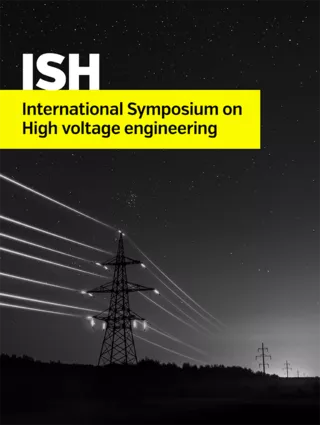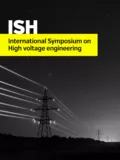Summary
The failure of a transformer causes a direct impact on electrical systems, by causing interruption of power supply and reduction of quality indicators of energy companies. With that being acknowledged, the number of papers that investigate the origin of failures in power transformers has increased. The works on the subject indicate that more than 50% of transformer failures have mechanical or dielectric origin. Both types of failures are associated with the flow of high amplitude transient currents in the equipment, which cause electromechanical stresses, these in turn causing movement, vibration and deformation in the transformer windings. Many studies have been carried out in order to determine the levels of electromechanical stresses that arise in a transformer windings when overcurrent occur, in situations like short circuit and inrush. The objective is to predict what efforts a transformer will undergo in these situations before it gets built. Thus, adjustments can be made still in the design stage, which will guarantee the adequate mechanical support to the equipment. The use of simulations based on the Finite Element Method (FEM) is currently the engineer’s main tool for this purpose. Simulations based on FEM have a high degree of reliability and allow a detailed modelling of an equipment during its design stage, since this is a consolidated tool in engineering. A disadvantage of FEM is the high computational effort presented in some simulations, especially in the case of three-dimensional modelling or dynamic simulations. The computational effort is such that, in many cases, it cannot make the simulation feasible, depending on the resources available. To deal with this problem, the measure adopted by many researchers is to simplify the simulated geometries in order to promote a decrease of computational effort. In case of transformers, many works have the geometry of windings represented simply as cylinders. According to authors, this simplification would not compromise the reliability of the results for determination of electromechanical stresses. However, this assertion is still not fully accepted, so there is discussion among researchers, who prefer to perform simulations that cover all details of windings, even at a high computational cost. In this context, the objective of this paper is to present a contribution to the described discussion. More specifically, it is intended to perform two computational simulations using 3D FEM for the same transformer. One with a detailed representation of the coils and another representing the coils only as cylinders. In both simulations, the electromechanical forces acting in during an inrush situation will be determined. Comparison between results will allow to evaluate the differences caused by the simplification of winding geometry. It is also intended to evaluate computational efforts in both cases. The results of this work will represent a valuable contribution to the discussion about the validity or lack thereof of geometric simplifications in simulations based on FEM. In addition to presenting a methodology to be followed by researchers to determine the electromechanical efforts in power transformers.
Additional informations
| Publication type | ISH Collection |
|---|---|
| Reference | ISH2017_167 |
| Publication year | |
| Publisher | ISH |
| File size | 660 KB |
| Pages number | 6 |
| Price for non member | Free |
| Price for member | Free |
Authors
E.G. da Costa, R.M.R. BARROS, J.F. DE ARAUJO, J.P. DA COSTA SOUZA, T.V. FERREIRA




